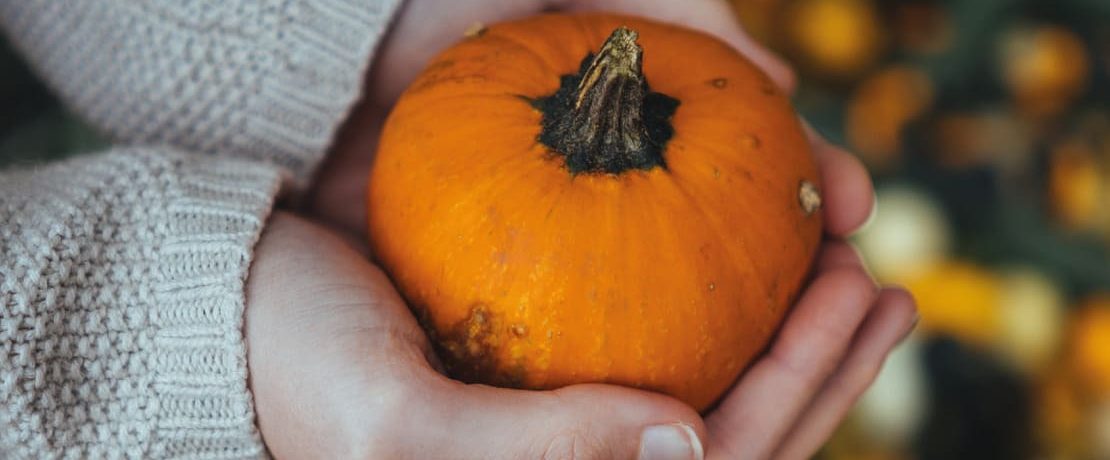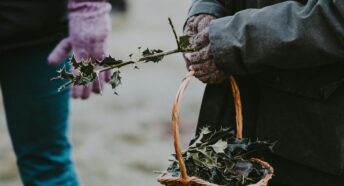Cook an autumn feast
As autumn gradually gives way to winter, food historian Laura Mason looks to the season’s rich culinary heritage for some cooking inspiration.
Late autumn and early winter are times of abundance. Animals and birds are at their sleekest, and granaries are full. In a traditional rural economy, pickles, preserves, butter and cheese are all stored up, and drinks fermenting.
Of course, it isn’t like that now, and maybe it never was quite as we imagine. For centuries we’ve relied on imports, not least for the dried fruit so essential for our baking. Does our winter food still reflect our landscape and culture?
Bonfires and sausages
If you’re going to a Bonfire Night party this year, you might well also be eating sausages, or, in the West Midlands, faggots and mushy peas. And in northern England, maybe parkin and treacle (or ‘plot’) toffee.
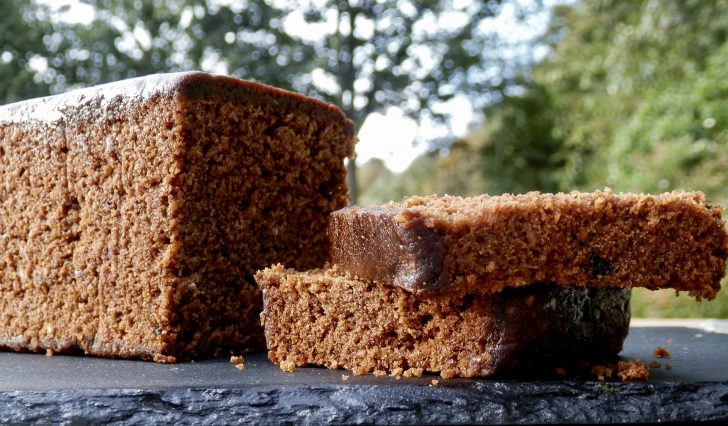
Parkin, for the uninitiated, is a northern type of gingerbread. It often includes oats – important for baking in cool, wet upland regions. My family’s version, in rural West Yorkshire, was sticky, thick and sweet, warm with ginger and textured with oatmeal.
A confection of ancient origin, it has many other names: moggy, tharf or thor cake. Oatmeal is best eaten soon after harvest, and gingerbreads generally are a small treat.
Meaty feasts
My mother also made ordinary ginger biscuit dough into pig shapes – parkin pigs – at this time. Cheap and tasty food for cold evenings, but perhaps there is a tenuous link with the ancient feast day of Martinmas on 11 November, the traditional end of autumn and the harvest season, and the harbinger of winter.
This was once the season for slaughtering pigs. A festive time when even the poor might have fresh meat and offal for sausages, black puddings, faggots, and pork pies, as well as the task of salting flitches (unsliced bacon) and hams. Vegetarians might want to skip the next part, because English food has a generally meaty tradition during the colder months.
Game birds and tame birds have long featured in midwinter feasts, plump from feeding on stubble or berries and seeds. Their presence on dining tables in the past signalled status.
Game of all sorts indicated that one owned land to hunt over, and poultry, in particular, demonstrated the resources to produce surplus stock. Goose – originally the poor man’s bird, grazed on common land – has now undergone something of a reversal in fortune to become an expensive luxury.
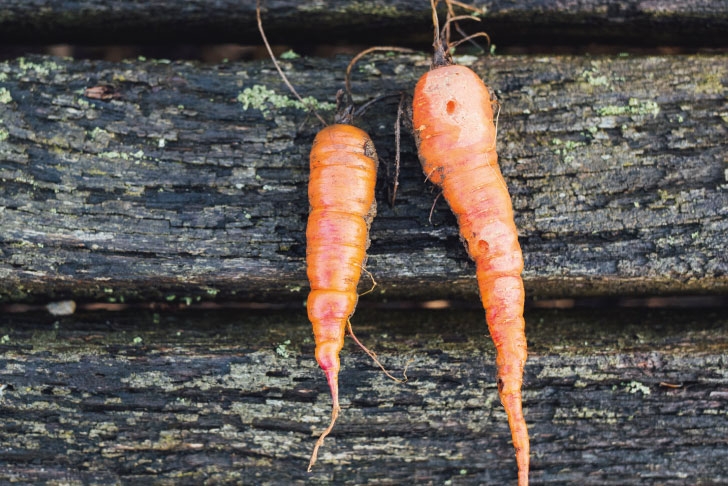
Beef was, and remains, a popular winter food (the ‘Martinmas mart’ was the old name for an ox killed in November, mostly for salt beef). It is the foundation of many a good winter stew or pie, served with hardy root vegetables such as carrots or parsnips.
Combined with kidney and filling suet crust, it makes steak and kidney pudding one of the best rib-sticking, warming dishes for a raw winter day. Pioneering food writer Eliza Acton suggested other fillings in her cookery book of 1845, including a delicious sounding combination of partridge and rump steak. Such suet puddings, savoury or sweet, were strongly associated with Kent and Sussex.
In the seasonal round, the colder months are also the time to eat, rather than make, cheese. Stilton, a traditional product of Derbyshire, Leicestershire and Nottinghamshire, is heavily in demand. In the past, creamy Wensleydale, often blued, was also a popular midwinter treat.
Festive feasts
England can provide minute and localised culinary surprises. The Cornish town of Mousehole celebrates Tom Bawcock’s Eve on 23 December with stargazey pie. This is a pastry-covered pie of fish and eggs with the heads of sardines or pilchards projecting through the crust.

Theories abound about its origin, from the legend of one Tom Bawcock, who lifted a famine by fishing in a storm, to the practical – that leaving heads on makes for more succulent fish.
After all the feasting of Christmas comes the cold of January and February, and leaner times. Will life ever return to fields and woods?
In apples we trust
Early January, around Twelfth Night, was the time for wassailing apple trees. Wassailing has recently undergone a revival, especially in Somerset, after decades of being mostly remembered in traditional songs.
Processions were made to the orchards, cider poured over the tree roots and toasts placed in the branches to bless the trees and anticipate a good crop the following autumn.
The health of orchards was important. Apples provide juice and cider, and the British have developed both dessert and cooking varieties, including ‘keepers’ for the winter when little other fresh fruit was available – think of all those crumbles, pies and other comforting apple desserts.
Apple orchards still give much character to landscapes in the counties of the south west and bordering the River Severn.
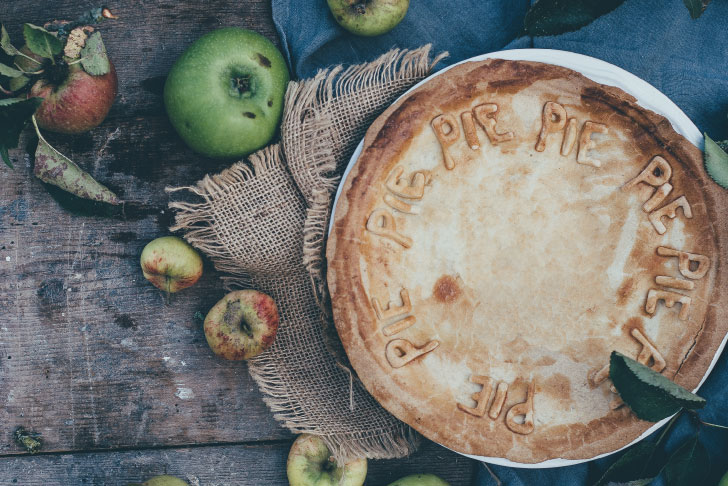
Quality local – and not so local – produce
At this time, forced rhubarb, brilliant pink stems with palest yellow-green leaves, makes a welcome appearance on the market.
A speciality of southwest Yorkshire since the late 19th century, it originally prospered in the area thanks to a combination of clay soils, wool waste (an excellent nitrogenous fertiliser), and the availability of cheap coal, for heating the forcing sheds. The crop flourished in these unromantic circumstances, yielding a delicious, high-value end product.
Despite the decline of the wool industry and the closure of the coal pits, the county’s ‘rhubarb triangle’ south of Leeds still produces an excellent crop. In 2010 it was awarded a ‘Protected Designation of Origin’ status, recognising the unique links between food quality, location and local knowledge.
As the world spins out of the darkness of the solstice and the days slowly lengthen, one imported fruit signals the return of the sun. Seville oranges aren’t grown here, but they are deeply embedded in our food culture.
With their brilliant colour and glorious aroma, they’re transformed into this most British of preserves in kitchens across the land. Maybe there is sympathetic magic implicit in our love of orange marmalade, which brings the smell of the south and memory of sunshine into the late winter kitchen?
This article, or a version of it, was originally published in CPRE’s award-winning magazine, Countryside Voices. You’ll have Countryside Voices sent to your door three times a year, as well as access to other benefits including discounts on attraction visits and countryside kit from major high street stores, when you join as a CPRE member. Join us now.
